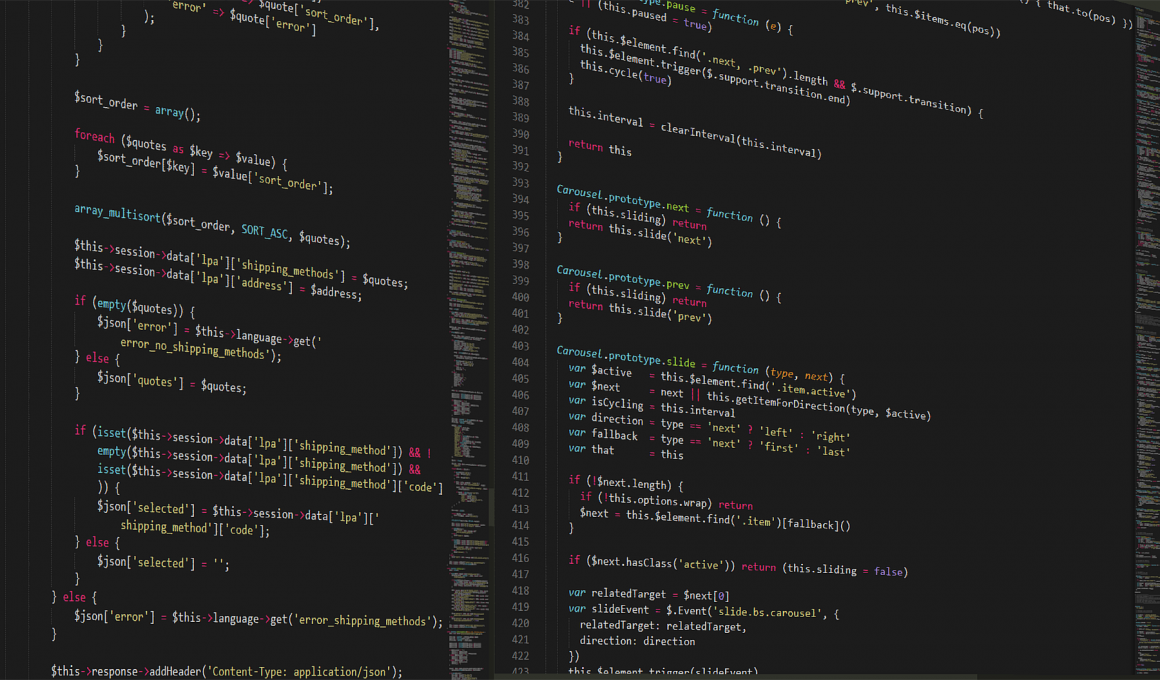Being a small development team is an incredibly difficult experience when it comes to creating software, whether that be a game, application or even an operating system. There are a huge number of factors to consider during development that large-scale industry studios can easily delegate to smaller sub teams to manage, but small or indie companies have to make do by increasing the workload of each individual or by changing the way they work in order to be more efficient in their creation process. These changes stretch into the security of the solution that the studio is developing, meaning that small studios are having to adapt to new methods and new systems in order to keep up with the larger developers around them.
Looking at the difficulty that being an indie or small development studio provides, one may wonder as to why anyone would want to even attempt the challenge of forming or joining these smaller companies when it seems to be much easier to become part of a large-scale dev team instead. The honest answer is that smaller studios simply seem to pack more passion and dedication into their work. If you take a look at some of the top games of all time, many of them are made by tiny studios and even some one-person teams. The underdog story of indie developers is loved throughout the programming world. So, if you’re looking to find new ways of conquering the security challenges that small developer teams face, this article will give you a quick guide to some of the methods you can try.
New Methods of Development
When a company has vast amounts of money and manpower, it is easy for them to go back and correct any issues or oversights once large parts of the development process is over. However, most smaller studios don’t have this luxury, so instead must change the process they use to develop their solution. The newest method is DevSecOps, a method of development that puts security at the very heart of the process. This method ties everyone who is working on the project – from the planners to programmers to even those who are distributing the code – directly to the security implementation and maintenance. Security is the first question asked whenever something new is added to the solution, or another feature is phased out. This method also seeks to shorten the development life cycle as security is always integrated and never an extra step that requires the team to back-pedal through features. This development method is excellent for small development studios as it allows them to continually add new features and extra content without ever having to compromise on the security of their solution.
Having security central to the development process is a vital attribute when it comes to developing a solution of any kind. Just looking at the popularity that indie games attract makes it clear that just because a studio is small, the scope of their projects don’t match that. Therefore, security has to be a number one priority at all times, lest the studio fall to one of many data leaks that have happened throughout the past few years. Keeping the users of a solution safe is key to producing a high quality product. Without safety, a solution could pose a huge risk to someone’s data, personal information and even livelihood. If Windows is not secure, anything stored on your PC could be accessed as soon as you go online.
Use Automated Security Checks
While not flawless, using automated security scans throughout development can be a lifesaver for small studios, especially those pressed for time in a world where the development life cycle shrinks with every new project. Application security testing is vital to any project that is going live onto the internet, so any advantage a small company can get they should use. This is where static application security testing (SAST) and dynamic application security testing (DAST) comes in. SAST checks all of the code while the application is at rest, scanning for the most common vulnerabilities that are known to programmers, such as possible areas for SQL injection or input validation. DAST, on the other hand, simulates external attacks during runtime so that it can test for any vulnerabilities in server port configuration, command injection or cross-site scripting. These two methods, when paired, are often enough to get most of the vulnerabilities in a solution realised, addressed and fixed. This way, any areas that a programmer may miss during coding or testing phases will be picked up by the scans, so nothing is missed once the system goes live and into distribution.
Security is an absolute necessity in the modern age and there is no excuse for a studio to not have it front-of-mind during development. This article has touched on some of the methods and tools available for even the smallest of development studios to ensure that they do all they can to keep their solutions safe and secure for anyone to use, but if these tips are followed, your solution is bound to be greatly more secure than would be without.










